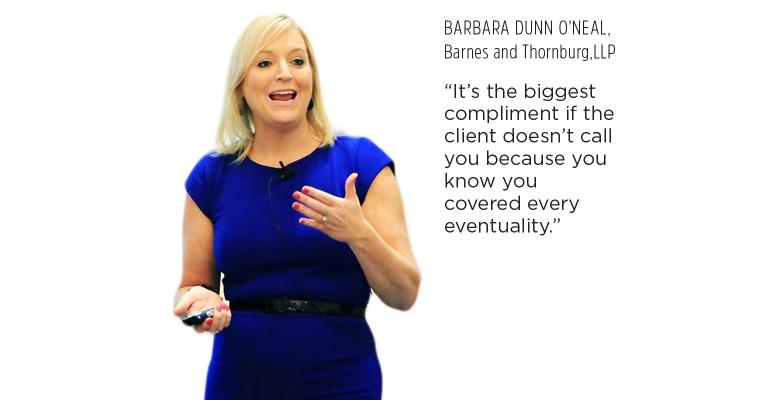1. Put all your cards on the table on day one.
Don’t hold back material terms that are important to you thinking you can get a better deal; it could end up killing the deal. Being upfront can only help you. I recommend that groups put non-negotiables in the request for proposal. I hear hotel negotiators say all the time that they are frustrated with people who start a negotiation and then say, “Oh by the way, I need 25 percent attrition,” and then they have to start again. It wastes time—in a seller’s market—and it hurts your credibility as a negotiator.
2. When deals go wrong, it is usually because the right people are not involved at the right time, and that includes your own people.
Whatever the approval process is, get the key people involved in the beginning and run the deal-breaker issues past everyone, including the CEO, so the negotiator can work off that blueprint. The planner should be prepared to say in writing or in person to the conference committee and the CEO, “We want A, B, and C” so that problems can be flagged before the process has gone too far. This is a good way for planners to show ROI. They can go back to the CEO and say, “These were the requirements going in and I did even better.”
3. A lot of clients have their own template for contracts that are reviewed by a lawyer from the beginning.
A good lawyer will tell you, “This is the indemnification language I’m looking for, and here is plan A; here is plan B.” It’s the biggest compliment if the client doesn’t call you because you know you covered every eventuality.
More cautionary tales to keep you out of the Negotiation Hall of Shame.





